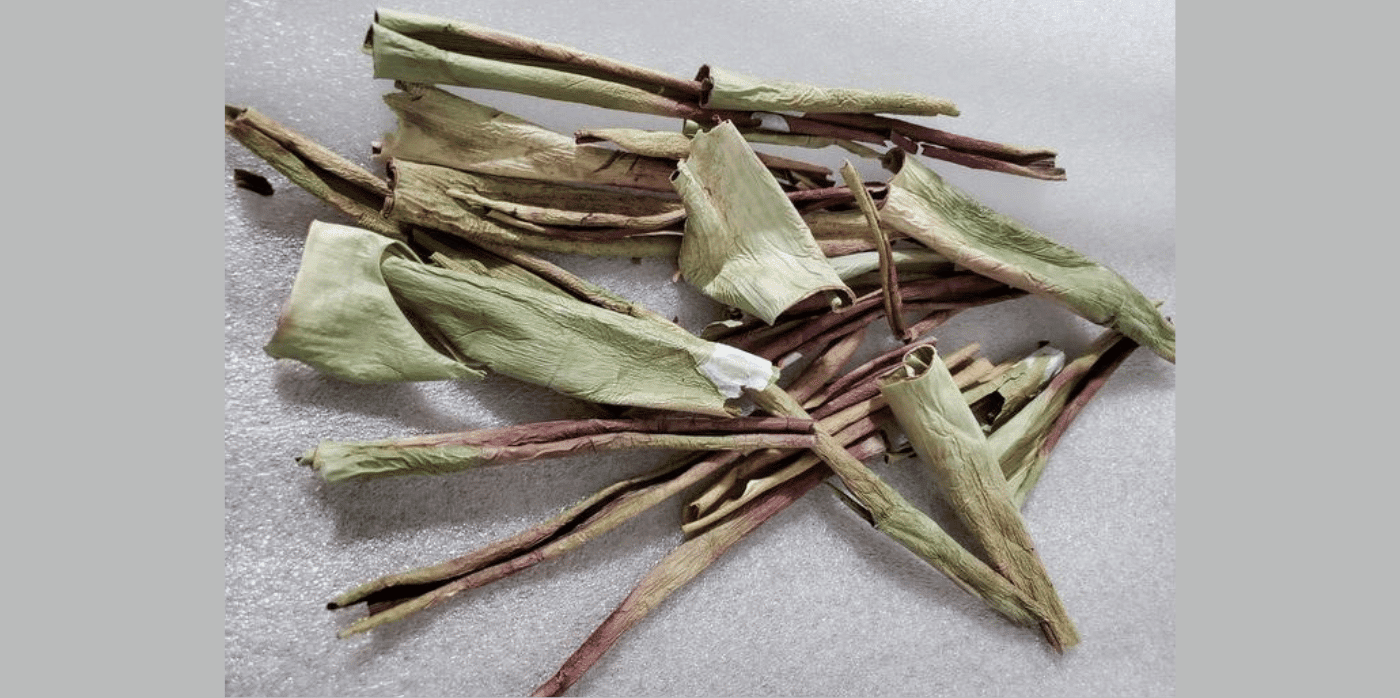Insecticide made from waste aloe peels

Spotted: For centuries, aloe vera gel has been known for its healing properties, while its peels were considered agricultural waste. But when Dr. Debasish Bandyopadhyay observed that aloe peels, or rinds, were repelling insects, his curiosity prompted further investigation. Today, scientists report that this product no longer needs to go to waste, offering hope that hazardous pesticides can be replaced.
After drying out aloe vera rinds, researchers from the University of Texas Rio Grande Valley uncovered that certain compounds contribute to their ability to ward off bugs. Amazingly, these identified compounds were non-toxic, meaning that an aloe-peel-based insecticide would be safe for humans, animals, and the environment.
The use of conventional chemical insecticides has been found to pose a significant risk to all forms of life on Earth, including humans. As Dr. Bandyopadhyay explained to Springwise: “Conventional pesticides frequently contain hazardous chemicals that harm the environment, including soil and water pollution, harm to organisms that aren’t the intended targets, and disturbance of ecosystems.” He concludes that “a safer option for pest control may be a natural insecticide prepared from aloe vera peel.”
The team is currently studying aloe rinds as a potential pesticide and repellent for other creatures not yet studied, including mosquitos and ticks. They will present their findings at the American Chemical Society’s autumn meeting.
Springwise has previously spotted other natural insecticides in the archives, from a nature-inspired bug repellent to a natural pesticide that does not harm beneficial insects.
Written By: Georgia King

